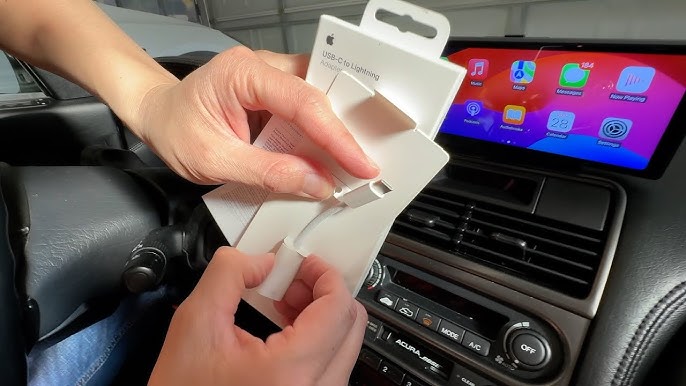
Right after Christmas, drivers and tech users across the European Union will step into a new, unified charging reality. Starting December 28, 2024, every cable used to charge mobile devices in the EU will need to meet the USB-C standard. This shift marks the end of older formats like USB-A, microUSB (USB-B), and Apple’s Lightning cables. While this change brings unification, it may also create challenges for some users.
The EU Standardizes USB-C for Charging Devices
The European Union has taken decisive action to unify charging standards. Under the new rules, any device that can be charged with up to 100 watts must feature a USB-C port. This includes smartphones, portable consoles, wireless headphones, eBook readers, computer mice, and more. The move delivers two key benefits:
- For Users: Consumers will need just one charger for all compatible devices, saving an estimated €250 million annually by eliminating the need for multiple charging solutions.
- For the Environment: The change reduces electronic waste, as approximately 11,000 tons of discarded chargers are generated in the EU every year.
Charging Cubes Are Also Being Phased Out
The new regulations go beyond cables. Since the USB-C standard will be universal, manufacturers will no longer need to include charging cubes in device packaging. Instead, boxes will include only a charging cable. However, manufacturers must clearly inform consumers of this change on the product packaging.
Importantly, the same unification rules will apply to laptops—but not immediately. For laptops, the standard becomes mandatory on April 28, 2026.
What Does This Mean for Drivers?
Car manufacturers have already started adapting to the USB-C standard. Many new vehicles now come equipped with USB-C ports, located in armrests, center consoles, and rear center tunnels. However, this shift presents some considerations for drivers:
- Old Cars, Old Devices: No Immediate Impact
If you’re driving an older car and using an older smartphone, you can continue using your existing cables and ports. The change affects only those purchasing newer vehicles or devices. - Rental Cars and Compatibility Issues
Drivers using rental cars with USB-C ports might face challenges if they rely on older cables (e.g., USB-A to Lightning). Without the proper adapter or cable, charging devices while on the road could be difficult. - A Gradual Transition, Not a Sharp Cut
Although the regulation takes effect on December 28, the transition has been in motion for years. Manufacturers have gradually introduced USB-C ports in both electronics and vehicles, minimizing disruption for most users.
A Unified Future
The shift to USB-C represents a significant milestone in the EU’s effort to simplify technology and promote sustainability. While some may need to adjust to the new standard, the benefits of a single, universal charging solution are hard to ignore. As manufacturers continue to embrace USB-C, both consumers and the planet stand to gain.
Will your devices and car be ready for the change? If not, now’s the time to start preparing for a future where one cable fits all.





